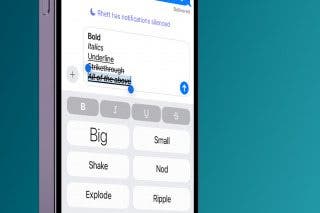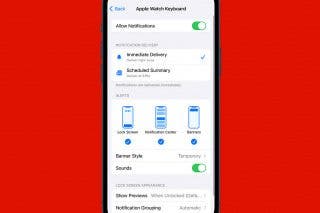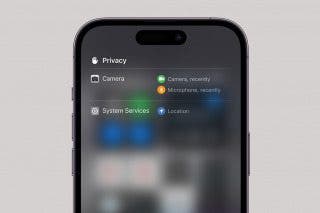How Many kWh to Charge a Tesla Model 3, Y, S & X


What to Know
- Tesla batteries hold a certain amount of kilowatt-hours (kWh), depending on the model.
- Tesla doesn’t officially state the battery capacity of its vehicles, but it can be estimated.
- Tesla drivers need to understand the Tesla kWh per mile conversion rate to figure out the total time and cost of charging.
If you ever plan on owning or driving a rental Tesla, then it is important to understand Tesla mileage per kWh. I'll explain how many kWh it takes to charge a Tesla based on its model and where to get the quickest speed for the best price.
Understanding Tesla Battery Capacity & kWh Discrepancies
Depending on the model, a Tesla battery can have a capacity of anywhere between 57.5 kWh and 100 kWh. Unfortunately, Tesla doesn't officially say what the battery capacity of its cars is. However, you can find out how many kWh it takes to charge your Tesla from 0% to 100% in the "Trips" tab on your Tesla touchscreen and use that to estimate total battery capacity.
What makes it a bit of a mystery is that some Tesla owners report driving up to 30 miles when their battery claims to be at 0%, so there do seem to be battery reserves. However, driving on a low battery is bad for the battery and can be dangerous. It is best to avoid running out of battery and even going below 20% for longer periods of time.
It is important to understand that there is always some kWh loss due to heat caused by the conversion of electrical energy into chemical energy. This means that it takes more than the total capacity of the battery to charge a Tesla fully. Usually, between 8 and 15 kWh are lost when charging a Tesla from 0% to 100%, regardless of the model.
That being said, it isn't recommended to consistently charge your Tesla to 100% as it can depreciate the battery more quickly. Just because the battery capacity may be 100 kWh, you may only be charging it up to 80 kWh, which may take 90 kWh because of energy loss. Let's look at how many kWh it takes to charge each Tesla model. Please keep in mind that older models may have a slightly different kWh capacity.
Warning
Battery capacity depreciates with time based on use. My 2019 Standard Range Plus Model 3 has depreciated 10% since I bought it brand new. It has around 80,000 miles, so my experience has been 1% depreciation every 8,000 miles. But this can vary depending on model, climate, usage, and charging habits.

How Many kWh to Charge a Tesla by Model & Type
While Tesla doesn't officially announce how many kWh the batteries of each model hold, it can be estimated. Therefore, all the figures below are estimates based on the 2023 Tesla models. It is possible for an older Tesla model to have a different capacity than the newest 2023 edition.
How Many kWh to Charge a Tesla Model 3
The Tesla Model 3 is a sedan car, and it is the most basic and least expensive model. There are different types of Tesla Model 3, and each has a varying battery capacity:
- The 2023 Standard Range Tesla Model 3 (RWD) can hold up to 57.5 kWh.
- The 2023 Long Range Tesla Model 3 can hold up to 82 kWh.
- The 2023 Performance Tesla Model 3 can hold up to 82 kWh.
How Many kWh to Charge a Tesla Model Y
The Tesla Model Y is an SUV car:
- The 2023 Tesla Model Y (AWD) can hold up to 67.6 kWh.
- The 2023 Long Range Tesla Model Y can hold up to 81 kWh.
- The 2023 Performance Tesla Model Y can hold up to 81 kWh.
How Many kWh to Charge a Tesla Model S
The Tesla Model S is the most luxurious model:
- The 2023 Tesla Model S can hold up to 100 kWh.
- The 2023 Tesla Model S Plaid can hold up to 100 kWh.
Older versions of the Tesla Model S have a battery capacity ranging from 60 kWh to 100 kWh.
How Many kWh to Charge a Tesla Model X
The Tesla Model X has the most expensive entry-level price of any Tesla model and has falcon wing doors:
- The 2023 Tesla Model X can hold up to 100 kWh.
- The 2023 Tesla Model X Plaid can hold up to 100 kWh.
It can take up to 115 kWh to charge a Tesla Model X battery from 0% to 100%.

The Tesla Miles Per kWh Calculations: Speed, Time & Cost
It can be hard to calculate Tesla miles per kWh because it all depends on the car’s efficiency. Depending on whom you ask, you will be told that the newest Tesla Model 3 can get up to 5 miles per 1 kWh, while the more luxurious Tesla Model X can only do around 3 miles per 1 kWh due to its larger size.
If you check the energy consumption in your Tesla's "Trips" tab or use a third-party Tesla app such as Stats: For Model S/X/3/Y (Starting at $4.99/month), then you can find out the exact Wh of your vehicle uses to per mile. Since this varies greatly, it is best to check each vehicle individually. After 80,000 miles, My 2019 Tesla Model 3 has averaged 261 Wh per mile, which is roughly 4 miles per kWh.
It is important to know how much energy your vehicle uses when charging. Superchargers can charge at impressive speeds at a low cost, and this doesn't matter as much. But if you charge at home, some places price electricity differently depending on the time of day. If you want to save money, you can make sure you are charging when the cost per kWh is at its lowest.
The capacity of your Tesla battery will also impact how long it takes to charge your Tesla. Check out our article on how long to charge a Tesla to learn more about the different factors that affect charging time.
Now you know how many kWh it takes to charge a Tesla of any model! To recap, a Tesla with a battery capacity of 100 kWh, such as the 2023 Tesla Model X Plaid, may take as much as 115 kWh to charge from 0% to 100% because there is always energy loss. Plus, you may not always want to charge to 100%, so there really are many factors to correct and healthy Tesla charging!
FAQ
- How much does it cost to charge a Tesla? On average, it costs between $10 and $20 to charge your Tesla at home fully, and the average cost per kWh at a Supercharger is $0.25.
- How many Tesla miles per charge? This depends on the Tesla model; the rated range of a new Tesla is anywhere between 262 miles and 405 miles on a full charge—after time, the battery will depreciate, and the total mileage per charge will drop.
- How long does a Tesla take to charge? If you use an official Tesla Supercharger, 15 minutes of charging can get you as much as 160 miles, depending on the Tesla model. Other charging methods have extremely varying times.

Olena Kagui
Olena Kagui is a Feature Writer at iPhone Life. In the last 10 years, she has been published in dozens of publications internationally and won an excellence award. Since joining iPhone Life in 2020, she has written how-to articles as well as complex guides about Apple products, software, and apps. Olena grew up using Macs and exploring all the latest tech. Her Maui home is the epitome of an Apple ecosystem, full of compatible smart gear to boot. Olena’s favorite device is the Apple Watch Ultra because it can survive all her adventures and travels, and even her furbabies.
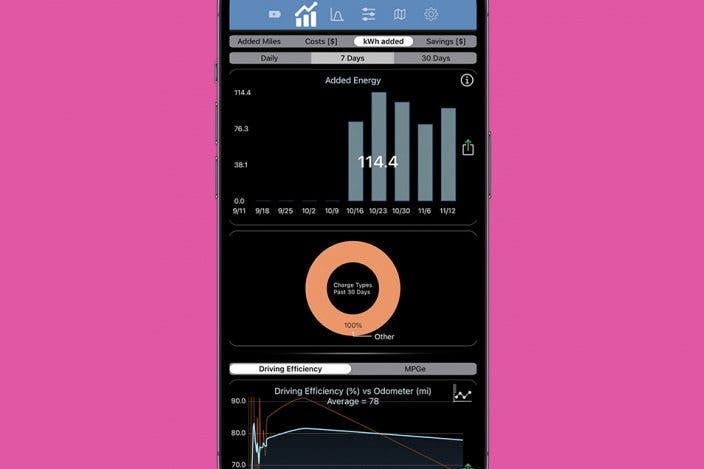

 Rachel Needell
Rachel Needell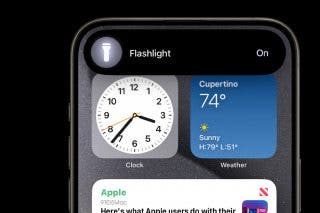
 Rhett Intriago
Rhett Intriago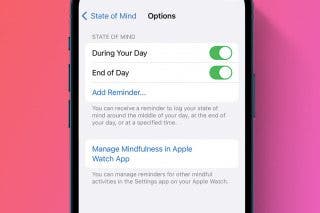
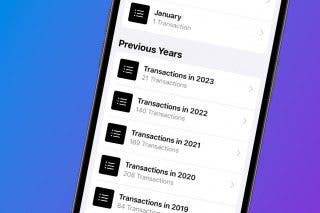

 Leanne Hays
Leanne Hays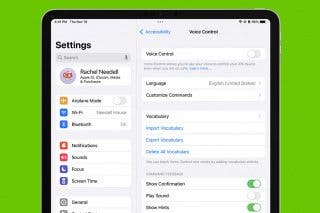

 Amy Spitzfaden Both
Amy Spitzfaden Both


 Devala Rees
Devala Rees
 Olena Kagui
Olena Kagui